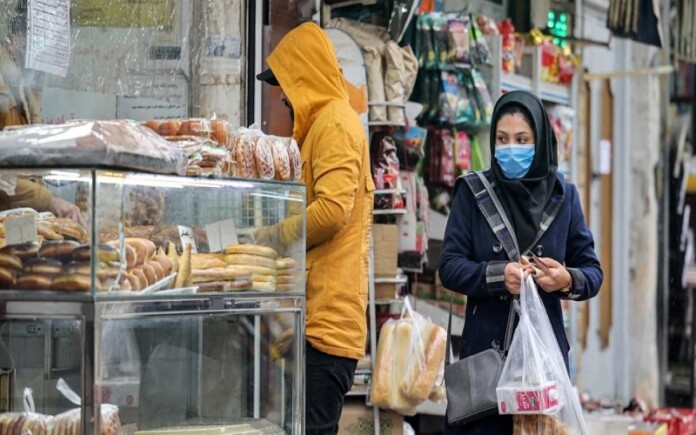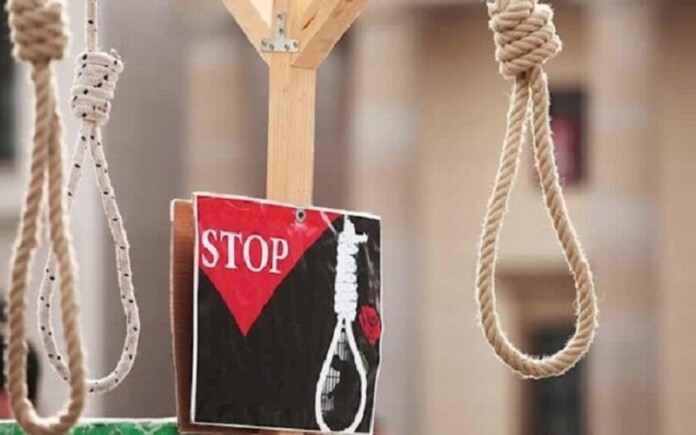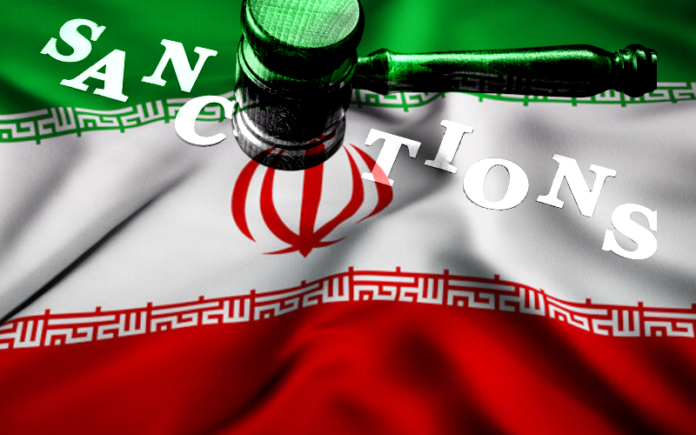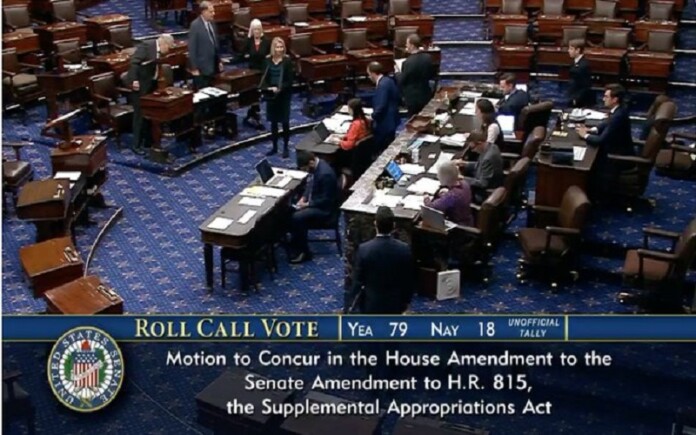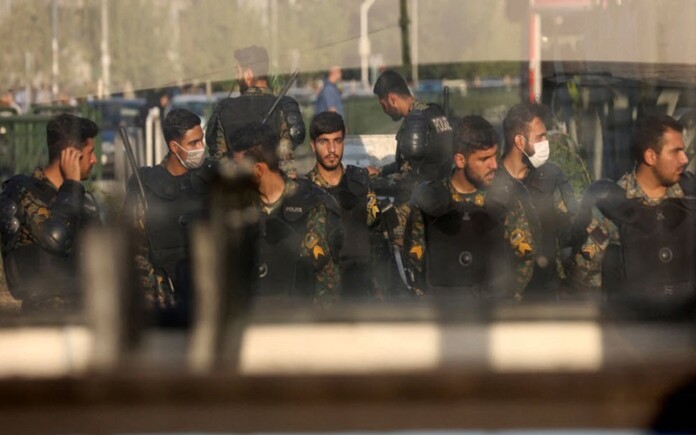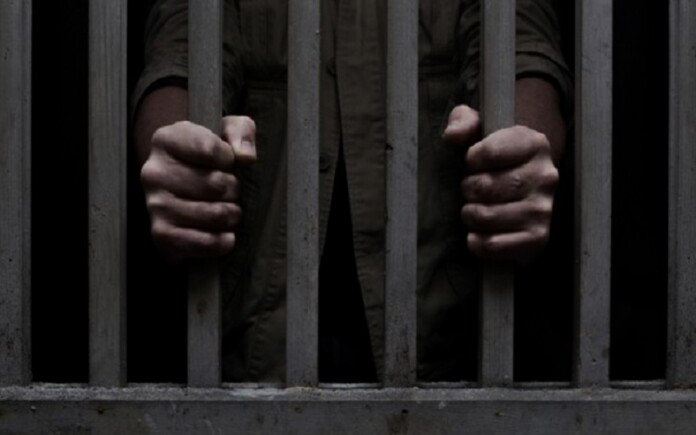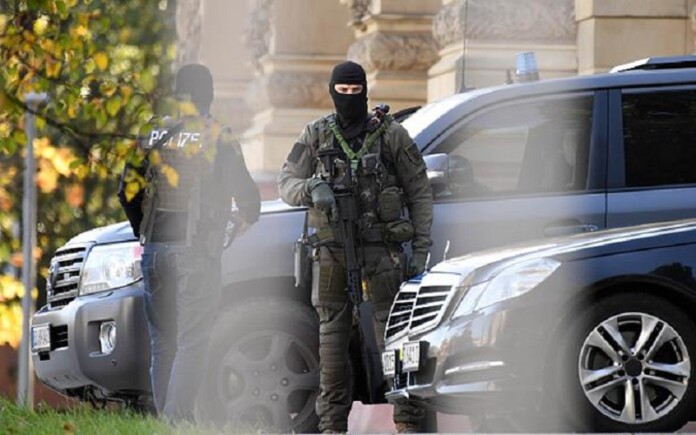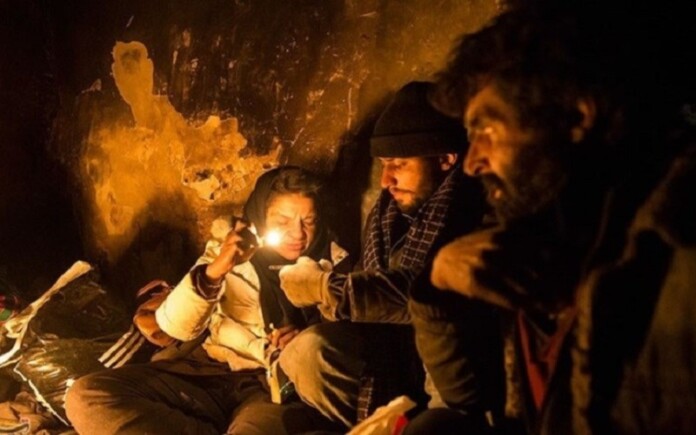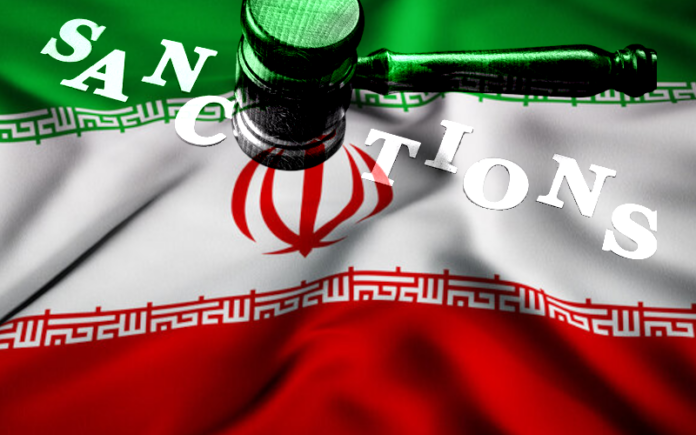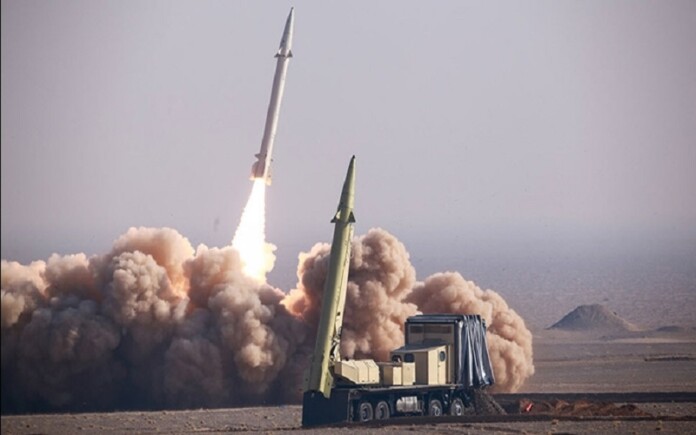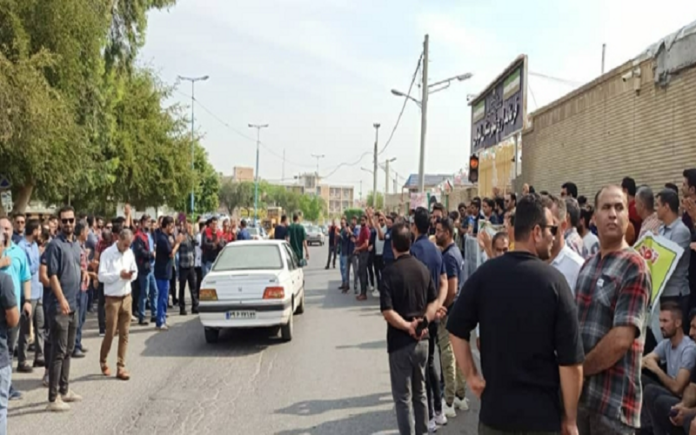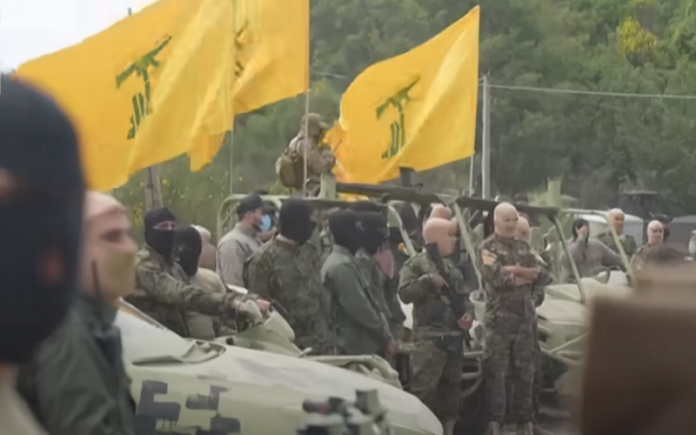On April 20th, the Central Bank of Iran announced the annual inflation rate for 2023-2024 as a staggering 52.3%. This figure, displayed in a table used to calculate debt and dowry payments, marks the highest inflation rate in Iran since 1942, during the Allied occupation of World War II.
This announcement contradicts a previous report from Iran’s Statistics Center on March 22nd, which placed the inflation rate at 40.7%. This significant discrepancy raises concerns about data manipulation, echoing accusations from some members of parliament and economic experts.
Faraz Daily further fueled these concerns in a March 28th report titled “Worrying signs of manipulation to show the government’s success in controlling inflation.” The report suggests a possible trend of manipulating statistics to create a more favorable picture for the Raisi administration by year’s end.
The delay in officially announcing the Persian calendar year 1402 (March 2023–March 2024) inflation rate is also noteworthy. This 33-day delay could be linked to manipulation attempts. However, based on the aforementioned table, the 2023 inflation rate is estimated at 52.3%, an unprecedented high since 1942.
Previously, the highest annual inflation rate post-revolution occurred in 1995 under President Akbar Hashemi Rafsanjani, reaching 49.4%.
The Central Bank’s data exposes another worrying trend: persistent inflation exceeding 40% for the past five years. This has never been seen before in Iran’s recorded inflation history.
Furthermore, the combination of a planned 20-35% salary increase for workers and pensioners in 2024 with the much higher actual inflation rate suggests a significant decline in purchasing power. This scenario is likely to worsen economic hardship for at least three-quarters of the population, pushing more people into poverty.
The situation is further complicated by potential US and European sanctions targeting Iran’s support for regional militant groups. Coupled with reports of a 25-30% rise in food and essential goods prices in April, these factors point towards even higher inflation records in 2024.
The Central Bank reports an inflation index of 980 at the end of 2023, reflecting a near 587% increase compared to mid-2018. This record-breaking inflation comes despite claims of success in controlling inflation by economic officials like Central Bank head Mohammad Reza Farzin. Additionally, Supreme Leader Ali Khamenei designated 2023 as the year of “curbing inflation and production growth,” highlighting the stark contrast between promises and reality.
A historical perspective reveals a pattern of failed attempts by various Iranian governments to control inflation. Their inefficient management has consistently produced the opposite effect, accelerating inflation rather than curbing it.

